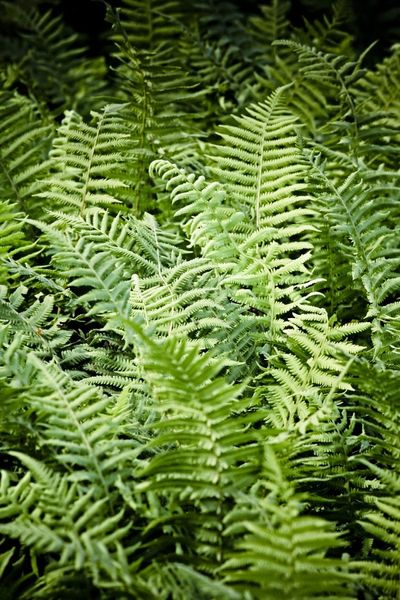Autumn Fern Info and Growing
Like all ferns, the autumn fern produces no seed and no flowers are required. Thus, ferns are strictly foliage plants. This ancient woodland plant thrives in partial or full shade and moist, rich, well-drained, slightly acidic soil. However, autumn fern can tolerate short periods of afternoon sunlight, but won’t perform well in intense heat or prolonged sunlight. Is autumn fern invasive? Although autumn fern is a non-native plant, it is not known to be invasive and growing autumn ferns in gardens couldn’t be easier. Adding a few inches (8 cm.) of compost, peat moss, or leaf mold to the soil at planting time will improve growing conditions and get the fern off to a healthy start. Once established, autumn fern care is minimal. Basically, just provide water as needed so the soil never becomes bone dry but be careful not to overwater. Although fertilizer isn’t an absolute necessity and too much will damage the plant, autumn fern benefits from a light application of slow-release fertilizer just after growth appears in spring. Keep in mind that autumn fern is a naturally slow growing plant. Fall is a good time to apply an inch or two (2.5-5 cm.) of compost or mulch, which will protect the roots from possible damage caused by freezing and thawing. Apply a fresh layer in spring. Autumn fern tends to be disease resistant, although the plant may rot in soggy, poorly drained soil. Pests are rarely a problem, with the exception of possible damage from slugs.
